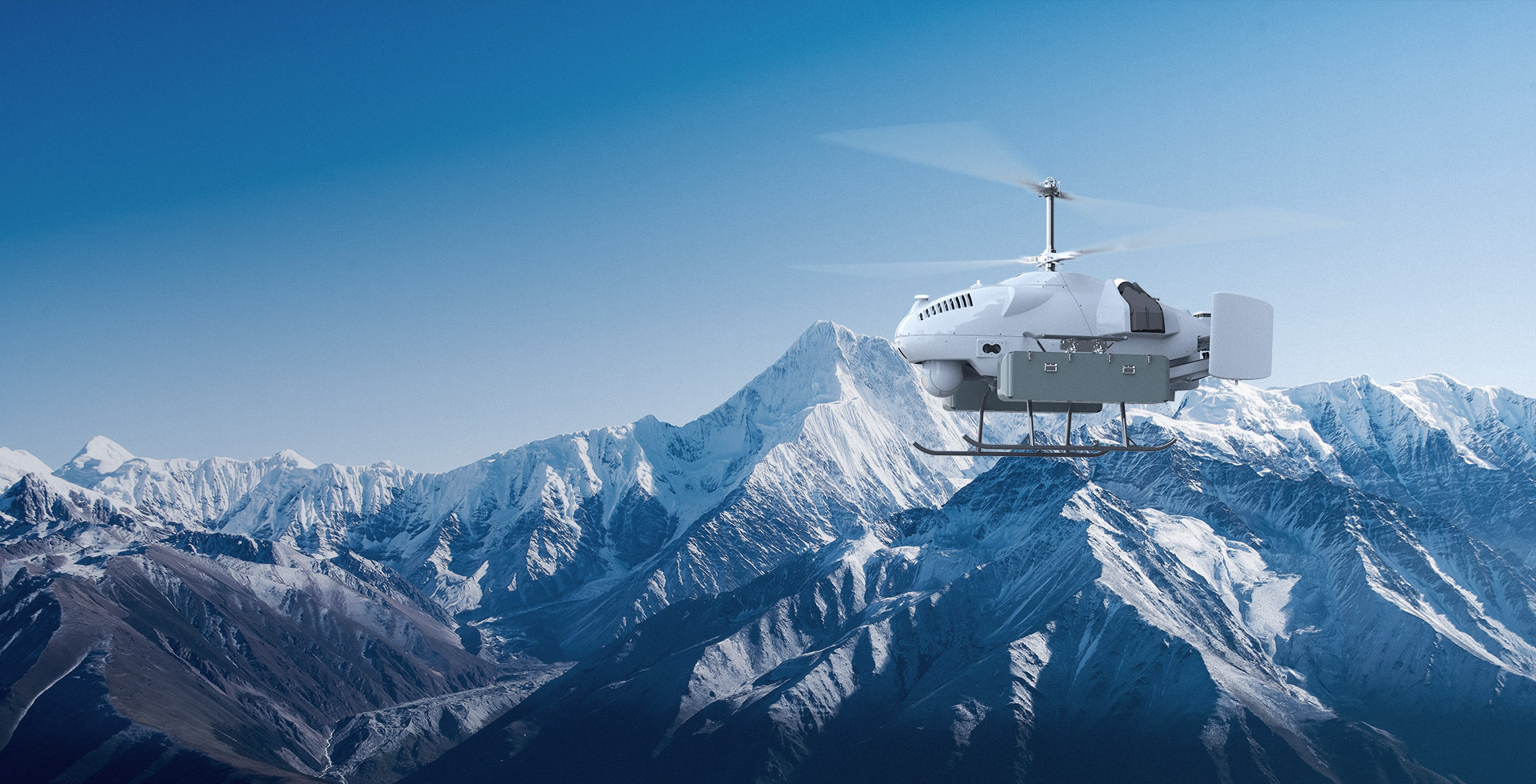If logistics personnel need to transport materials to a designated high-altitude position when roads are inaccessible, they need to go across rivers, valleys, mountain peaks, and other complicated terrains and a walking supply takes a week, which leads to rotting of many fresh vegetables at arrival.
Less number of deployed helicopters, a lack of an appropriate take-off and landing point, greater risks during continuous mission implementation by pilots, and higher material transportation cost exist in material transportation by manned helicopters.
Terrains in high-altitude regions are complicated, wind is strong, weathers are changeable, and snow and icing exist in winter in high-altitude regions. Furthermore, normal flight duration of small UAVs is less.
Mountains and peaks are strewn in random in high-altitude regions. During a course from a material supply point at a low altitude to a target supply point, intervisibility between UAVs and ground control station may be impossible due to blocking by mountains.







